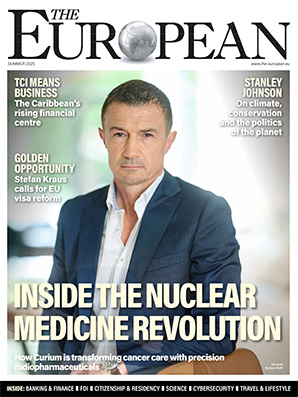Biometrics Institute calls for agencies and governments to use existing good practices to ensure security

The Biometrics Institute is urging organisations to make use of existing good practice guidelines to prevent public confidence being undermined in the application of biometrics with policing and counter-terrorist procedures.
In response to recent headlines around the misuse of facial recognition technology, it warns that if technology is applied without properly addressing potential flaws, then regulators may opt to restrict usage until they – and industry – can ensure proper privacy protections.
The Institute plays a key role in informed, international discussion on the responsible and ethical use of biometrics and the limitations of the technology.
In the absence of international law and standards on biometrics, the Biometrics Institute has released a range of good practice guidelines to help organisations assess and implement responsible and ethical use in biometrics. It is now strongly recommending that organisations follow these guidelines to ensure biometrics are used appropriately.
These available guidelines have been compiled specifically for – and with the expertise of – the international member organisation’s multi-stakeholder community. They include Privacy Guidelines, Ethical Principles for Biometrics, Top Ten Vulnerability Questions and the United Nations Compendium of Recommended Practices for the Responsible Use and Sharing of Biometrics in Counter-Terrorism.
The Biometrics Institute has been working with the United Nations Counter-Terrorism Committee Executive Directorate (CTED) and the Office of Counter-Terrorism (OCT) since 2017. It was asked to help compile the UN’s Compendium of Recommended Practices for the Responsible Use and Sharing of Biometrics in Counter-Terrorism, which was launched in 2018.
The compendium is a 96-page high level overview of biometric technology and operating systems in the context of counter-terrorism. It includes:
- The governance and regulatory requirements for biometric technology from the perspectives on international law, human rights law, ethical reviews, data protection requirements and the right to privacy
- Potential vulnerabilities of biometric systems and some of the control measures that can be used to mitigate the risks
- Actions taken by authorities as a result of biometric matches, considered within the context of international human rights and the need for a fully-informed, lawful and proportionate response
The Biometrics Institute’s chief executive, Isabelle Moeller, said, “Biometric technology has the potential to aid and accelerate identification when used carefully by trained humans, following proper processes and using the technology in the way it was originally intended. But it is vital that anyone using biometrics to identify individuals follows responsible and ethical guidelines to avoid people suffering from the consequences of the technology not being managed properly.”
She adds, “In cross-border terrorist investigations for example, strict protocols must be followed. The contextual assessment of biometric ‘hits’ is critical. Governments need to liaise effectively and confidentially so that any potential suspect is interviewed discreetly and can potentially be eliminated from the enquiry immediately – without undue publicity. Tight controls must be exercised and human rights and the right to appeal must be respected, as stressed in the United Nations compendium.”
Other reading:
United Nations’ Compendium of Recommended Practices for the Responsible Use and Sharing of Biometrics in Counter-Terrorism
United Nations’ Compendium summary brochure
Ethical Principles for Biometrics
Further information


